We’re all familiar with the patterns of classic wood grain, whether it’s the visible growth rings on an end-cut piece or the sweeping lines of a plank cut perpendicular to the trunk.
But what creates these fascinating patterns? When you look at a piece of wood flooring, you’re not just seeing a surface - you’re gaining an insight into the fascinating story of a tree’s life.
From its majestic height to the hidden processes inside its trunk, the anatomy of a tree directly influences the grain patterns, textures, and colors that make wood flooring unique. In this blog, we’ll explore the inner workings of a tree and how its structure shapes the beauty we admire in wood products.
What’s inside a tree?
It’s a common misconception that tree trunks are simply made up of two layers – the outer bark, and the inner wood. In fact, underneath the bark of a tree there are many complex layers that contribute to the structural stability of the tree, and its ability to stay alive and growing by transporting water and nutrients from the soil up into the leaves. Let’s take a closer look.
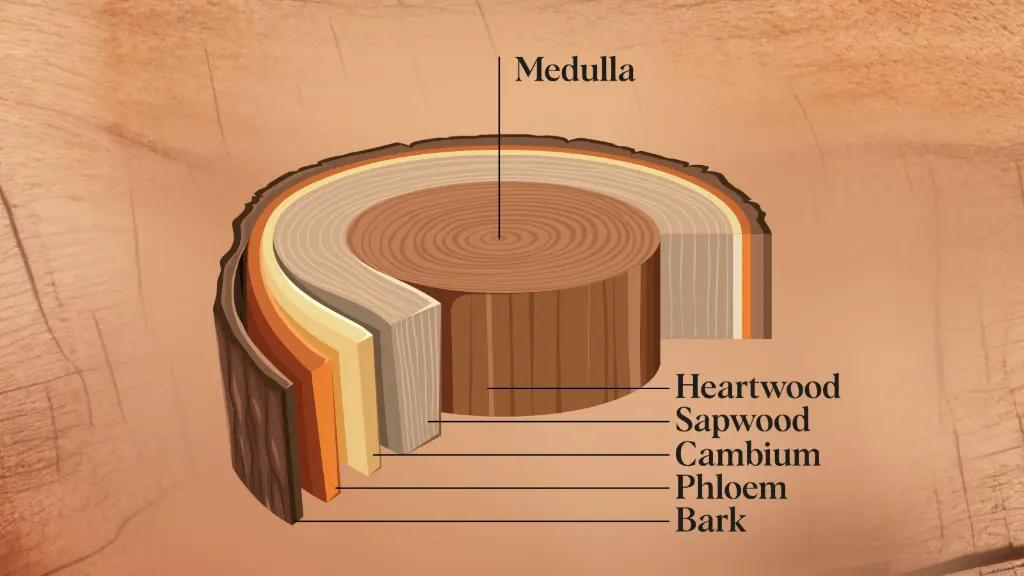 The Layers of a Tree Trunk
The Layers of a Tree Trunk
If we cut a cross-section of a mature tree’s trunk, we’ll see many different layers, arranged in concentric rings. These are named as follows:
1. The Outer Bark
This is the tree’s protective layer, shielding it from weather, pests, and disease. Bark is made up of dead cells from the layer beneath, and although you might not notice, it is constantly dividing and replenishing to allow for the tree’s growth. Bark can be rough and knobbly, like a pine tree, or relatively smooth, like an oak. It is sometimes just a few millimetres thick, but can be extremely thick – as in the case of the cork oak, which has bark up to 6 inches thick.
2. The Phloem
The phloem is a thin, soft layer found just beneath the bark. It is a type of vascular tissue, packed with tiny, thin vessels or tubes that are responsible for transporting nutrients up and down the trunk, bringing sugars generated by the leaves during photosynthesis down to the roots of the tree, feeding its growth.
3. The Cambium
The cambium is like the engine room of a tree – it’s a thin layer of actively (and often rapidly) dividing cells where the tree’s new growth occurs. The cambium grows both inwards and outwards – to the outer side it adds new phloem cells, and to the inward side it adds new layers of wood, which are called the xylem. This growth pattern is what gives a tree its distinctive rings.
The cambium also produces some cells that don’t transform into phloem or xylem. These cells form ‘medullary rays’, extending outwards from the medulla (see below) like spokes that run perpendicular to the growth rings. These rays transport stored nutrients outwards, and are often visible in the harvested wood.
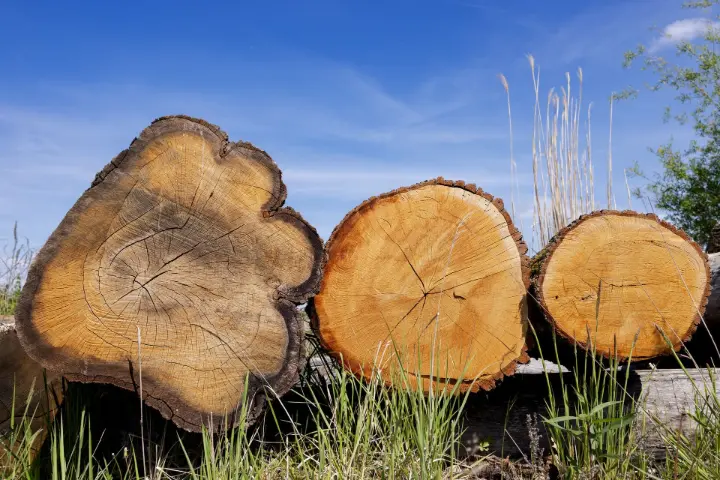
End grain clearly showing medullary rays
4. The Xylem/ Sapwood
The xylem (typically called sapwood in a harvested tree) is the third layer of vascular tissue and is the youngest wood layer of a tree, being created each year by the cambium. In spring and summer, sapwood is created at a faster rate and has a lighter color, whilst in winter, growth slows or stops. This is what creates the distinctive growth rings. A tree with very wide growth rings grew quickly in the spring due to optimal conditions. A tree with very narrow growth rings grew slowly, most likely due to environmental conditions.
The xylem is tightly packed with tube-like vessels that are responsible for transporting water in an upward direction. As water evaporates from the leaves, the pressure in the xylem drops, pulling water upwards from the roots in a process called transpiration.
5. The Heartwood
The heartwood is the inner core of the tree, and is made up of older, non-living xylem that has solidified into an extremely dense, durable wood. The primary role of heartwood is to give the tree trunk strength and stability as it grows taller, but it also acts as a ‘store room’ for naturally occurring sugars, dyes and oils.
6. The Medulla/Pith
This is the central core of the tree and represents the tree’s very earliest growth. It has a soft, porous structure containing delicate cells called parenchyma, that were vital to the storage and transportation of nutrients when the tree was young. In older trees, the medulla often gets replaced by xylem, or dries up leaving a hollow core.
How do tree structures show up in wood grain?
The easiest way to see all of a tree’s inner structures is to cut a cross section of the trunk – this way you’ll easily see the different layers, the concentric growth rings and the medullary rays extending out from the center.
But since wood floors are rarely manufactured using end-grain wood, these structures can look different depending on the way the wood is cut.
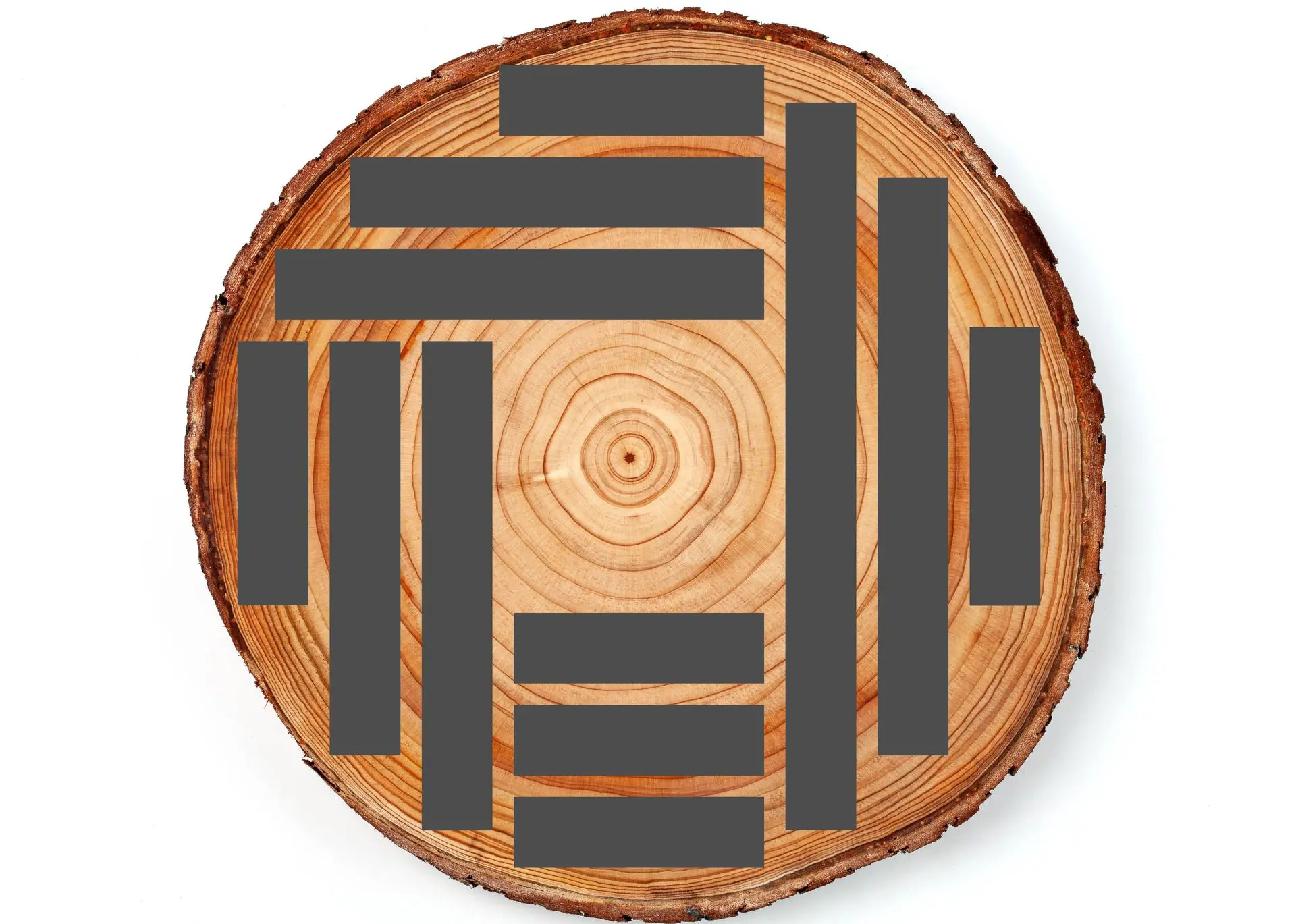
Plain Sawn
In flat or plain-sawn floors, the tree is sawn lengthways, roughly parallel to the growth rings. This creates that classic undulating or wavy pattern. The sapwood and heartwood are cut separately.
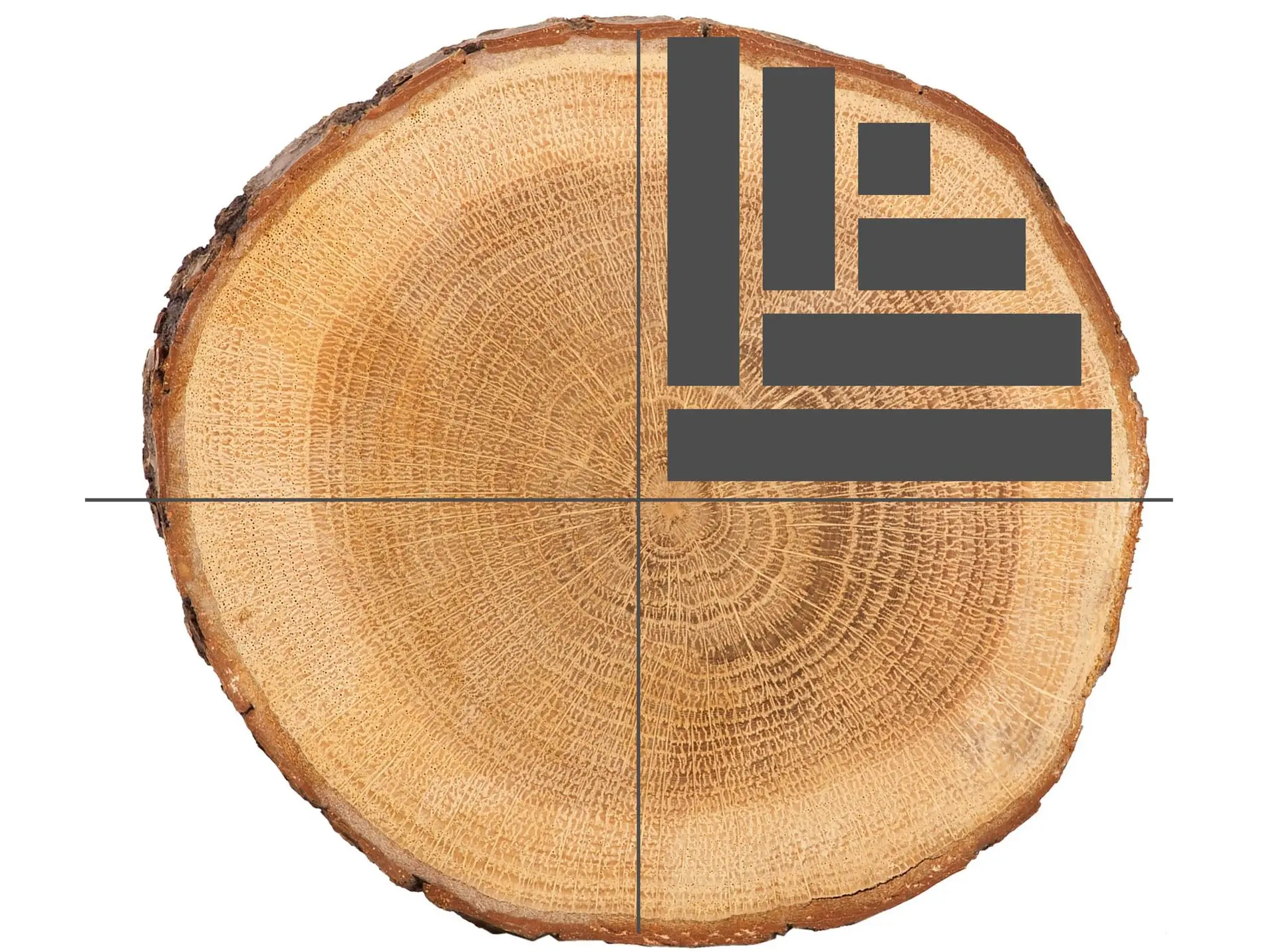
Quarter Sawn
In a quarter-sawn floor, the log is cut into quarters and then each segment is cut into boards that are cut perpendicular to the growth rings. This creates a much straighter, linear wood grain on the finished boards and allows the medullary rays (also called flecks) to be seen. Quarter cuts are only taken from the widest section of the tree, giving the boards maximum width and showing off the grain.
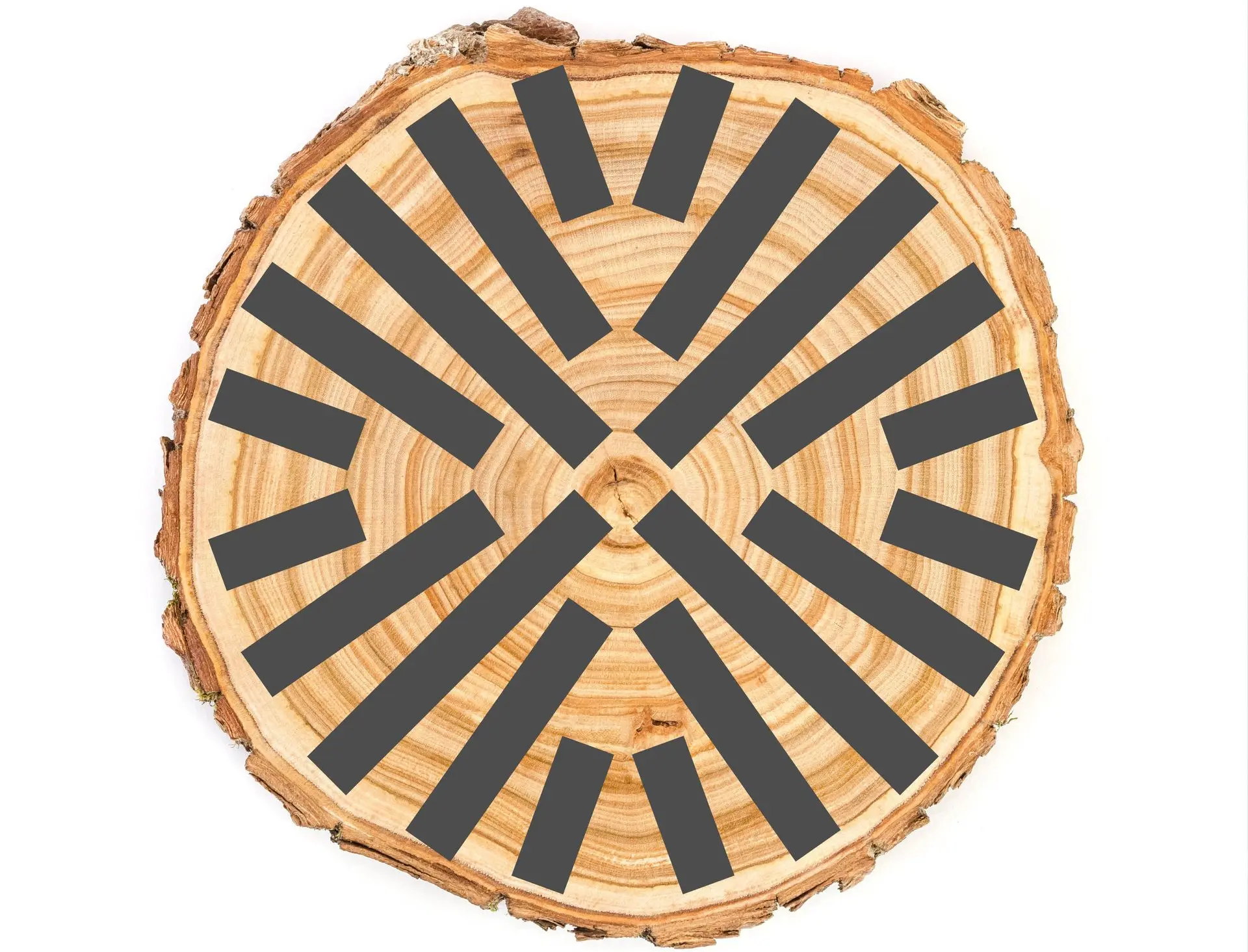
Rift Sawn
Rift sawn floors are often made from the narrower sections of tree left behind after quarter cut boards have been milled. They are cut at an angle, around 45 degrees, to the growth rings, producing a tight and straight grain pattern with shorter medullary rays, on typically narrower boards.
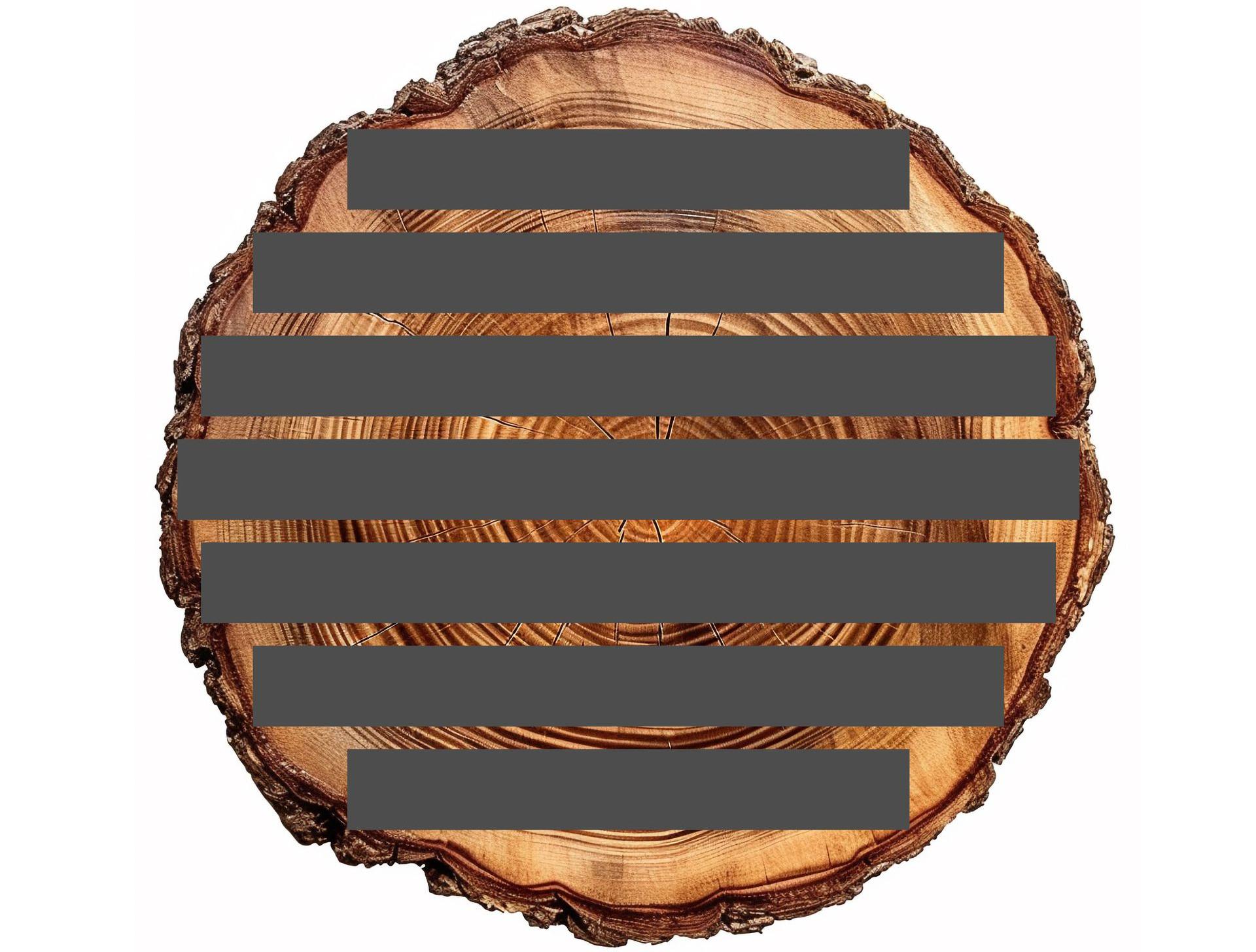
Live Sawn
Live sawn floors are made by cutting logs lengthways, right through the middle of the trunk – this creates cost-effective, extra-wide boards showing off the full range of the wood grain – typically with a wavy or cathedral pattern in the center of each board, and a straighter grain with medullary rays on the outer edges.
How does tree species influence structure and grain pattern?
The species of tree used to make a wood floor will determine its grain characteristics because different trees grow at different speeds, to different heights, and also have different natural colors that can make the wood grain more prominent or subtle. Here’s a look at some common varieties:If we cut a cross-section of a mature tree’s trunk, we’ll see many different layers, arranged in concentric rings. These are named as follows:
Oak
Oak trees are slow growing, taking many years to reach maturity. As a result, they tend to have tight growth rings that are prominent in nature, and pronounced medullary rays that create striking grain patterns. Red oak offers a warm, reddish hue, while white oak tends to be more neutral and slightly harder, making it a favorite for modern and traditional interiors alike.
Pine
Pine trees are fast growing softwoods typically with a pale color. As conifers, most of their branches are connected to the main trunk, which means the sawn planks are peppered with prominent knots. Because of their fast growth rate, they produce a higher proportion of sapwood than other species like oak, and have wide growth rings that result in dramatic grain patterns – they are most often flat sawn to maximize yields from their slender trunks, so a lot of pine floors have that classic ‘cathedral’ pattern.
Walnut
One of the densest hardwoods, walnut is very slow-growing and has a rich, dark color with creamy variations. Its fine, straight grain is occasionally interspersed with wavy or curly patterns, adding visual interest.
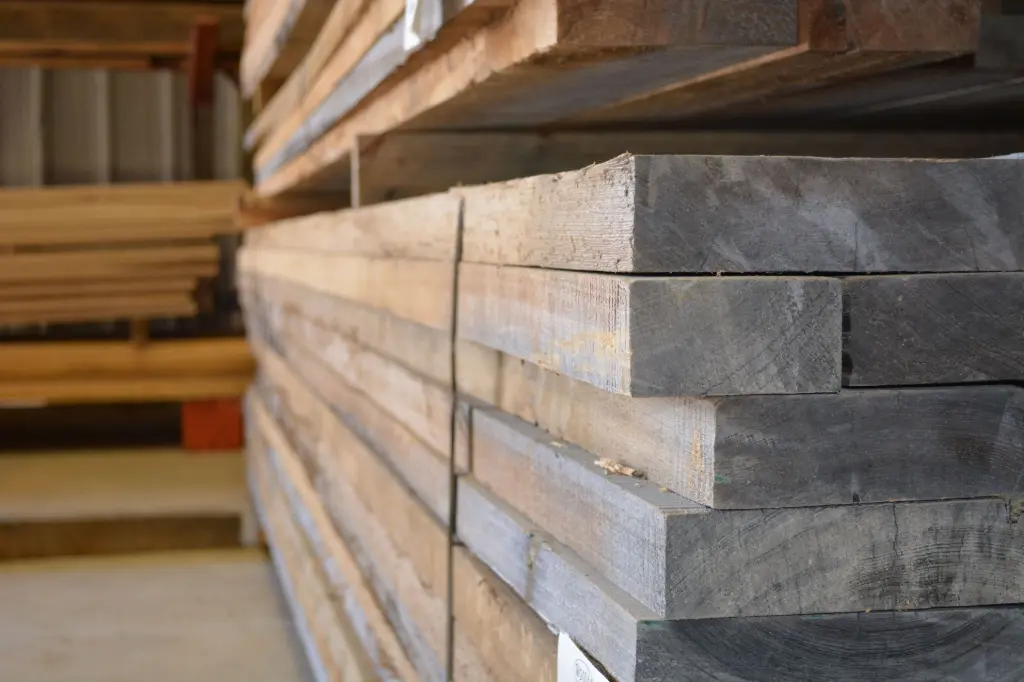
Custom wood floors
The next time you admire a wood floor, take a moment to appreciate the intricate biology behind its beauty - from the growth rings that record the passing years to the grain patterns shaped by the tree’s structure.
At WoodCo, we aim to celebrate and unlock the natural beauty of every piece of lumber we produce in our mill – so if you’ve got a specific look in mind, we’ll be happy to help you achieve it!